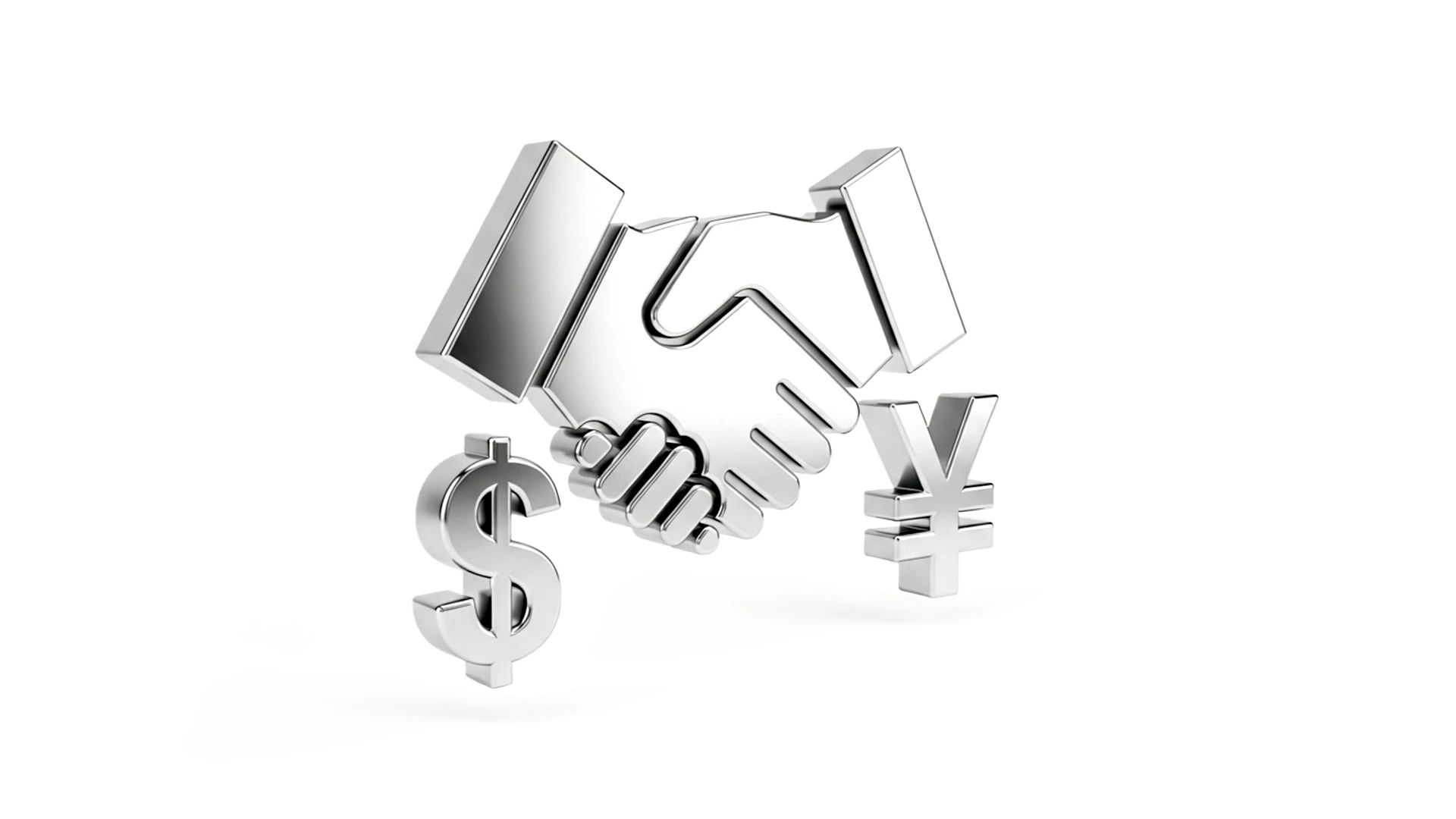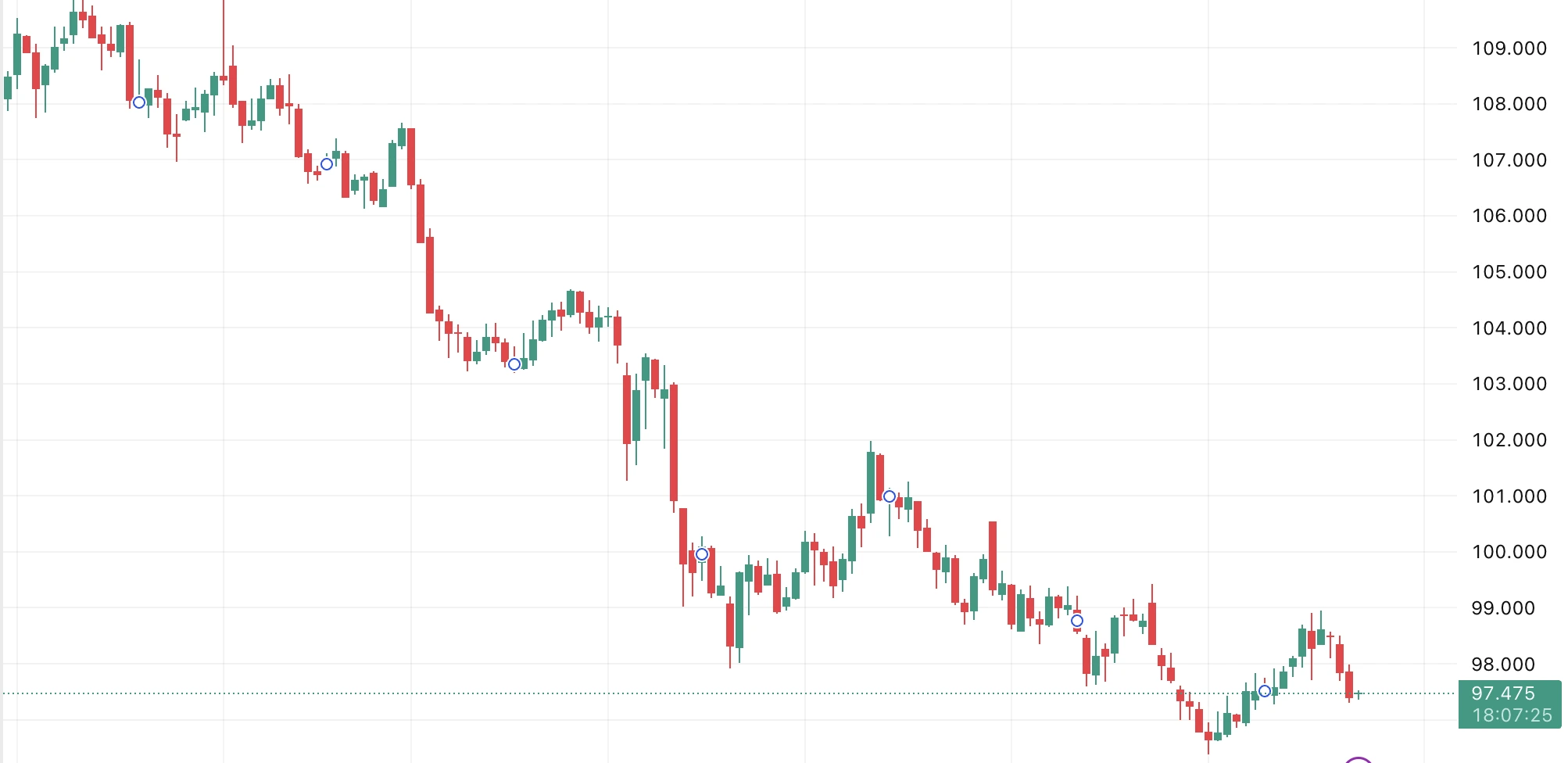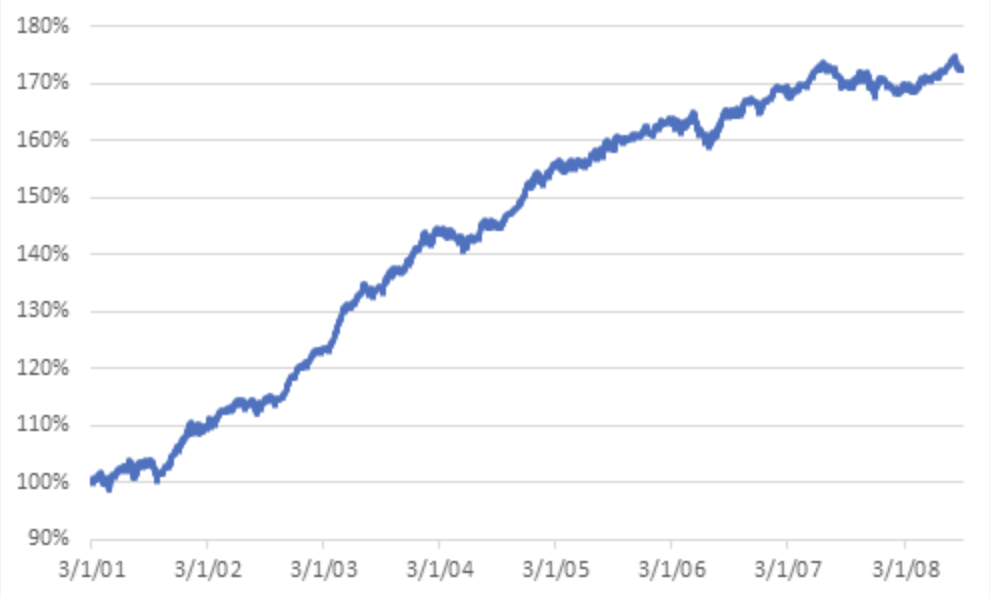Could the yen’s potential carry trades spark a USDJPY surge?

It’s not every day you hear traders whisper about the yen carry trade like it’s 2006 again. But here we are. While headlines have been fixated on Trump’s “historic” trade deal with Japan, complete with eye-popping numbers and tariff drama, the FX market seems less impressed. USDJPY has slipped under 147, the Dollar’s momentum is wobbling, and the real story might be one that’s quietly resurfacing: the return of the carry trade.
With Japan still glued to low interest rates and the Fed not quite ready to pivot, the conditions that once made borrowing yen to chase yield so appealing might just be creeping back into play.
The Japan-US trade deal that was meant to move markets
According to President Trump, the U.S. has struck “perhaps the largest deal ever” with Japan. Big claim. The agreement includes a supposed $550 billion investment from Japan into the U.S. - a figure that raised more eyebrows than bond yields - and a 15% reciprocal tariff on Japanese goods entering the States. In return, Japan agreed to open up its famously guarded markets to U.S. cars, trucks, and even rice.
Japan’s top trade negotiator, Ryosei Akazawa, posted a triumphant “Mission Complete” on X. But markets barely blinked. USDJPY actually dipped, and the dollar index softened.

For all the political theatre, traders seemed more focused on rate expectations and risk dynamics than on headlines from Washington.
What is the carry trade, and why does it matter now?
Ever heard of the carry trade? It's making a comeback, and here’s why it matters now. At its core, it’s about borrowing cheaply and investing in higher-yielding assets elsewhere. For years, Japan’s near-zero interest rate environment made it the go-to funding currency.
It fell out of fashion post-2008, reappeared briefly during the QE years, and then vanished again as volatility returned and global yields converged.
Below are the carry trade cumulative returns before the financial crisis.

Disclaimer:
The performance figures quoted are not a guarantee of future performance.



